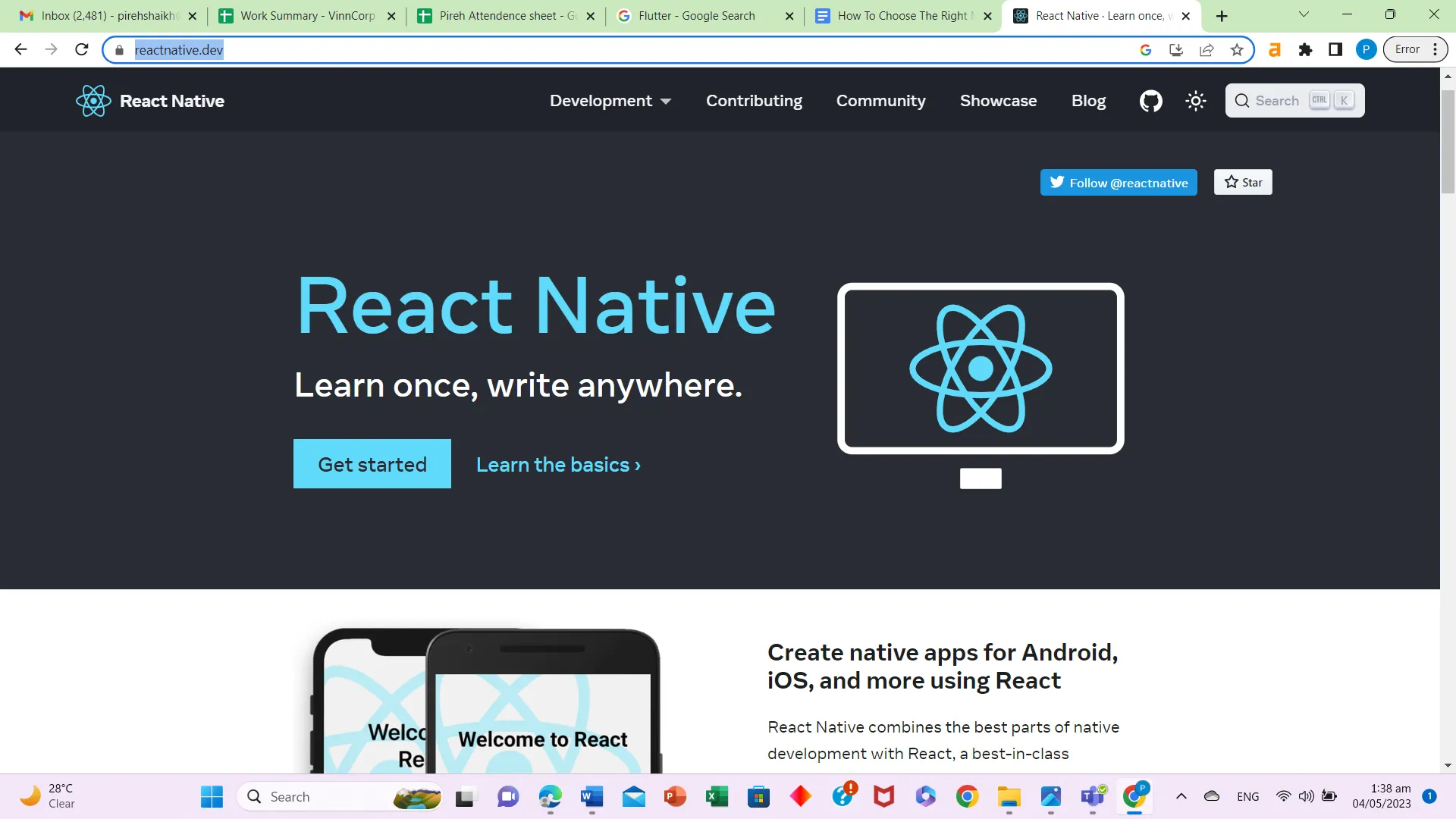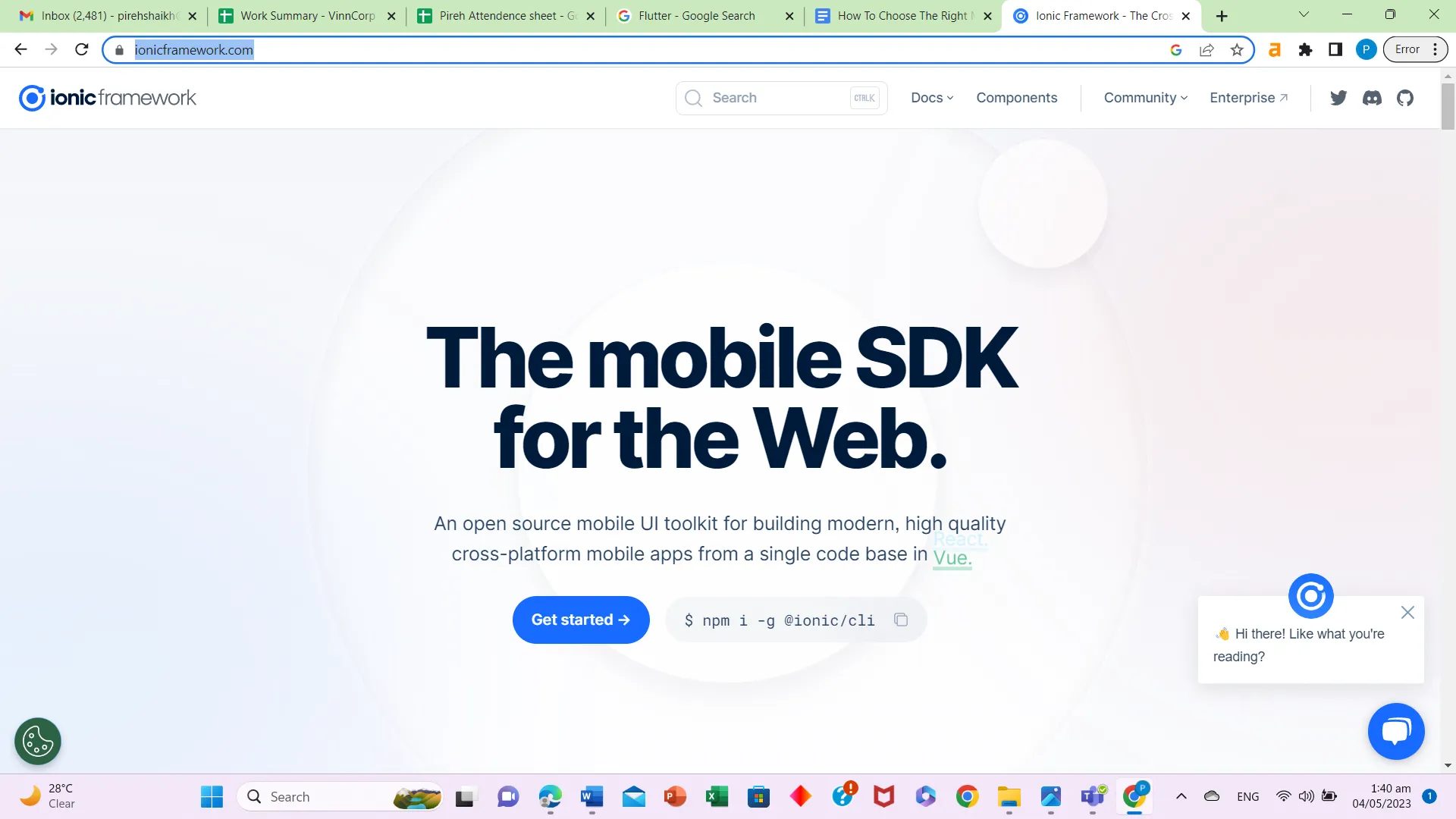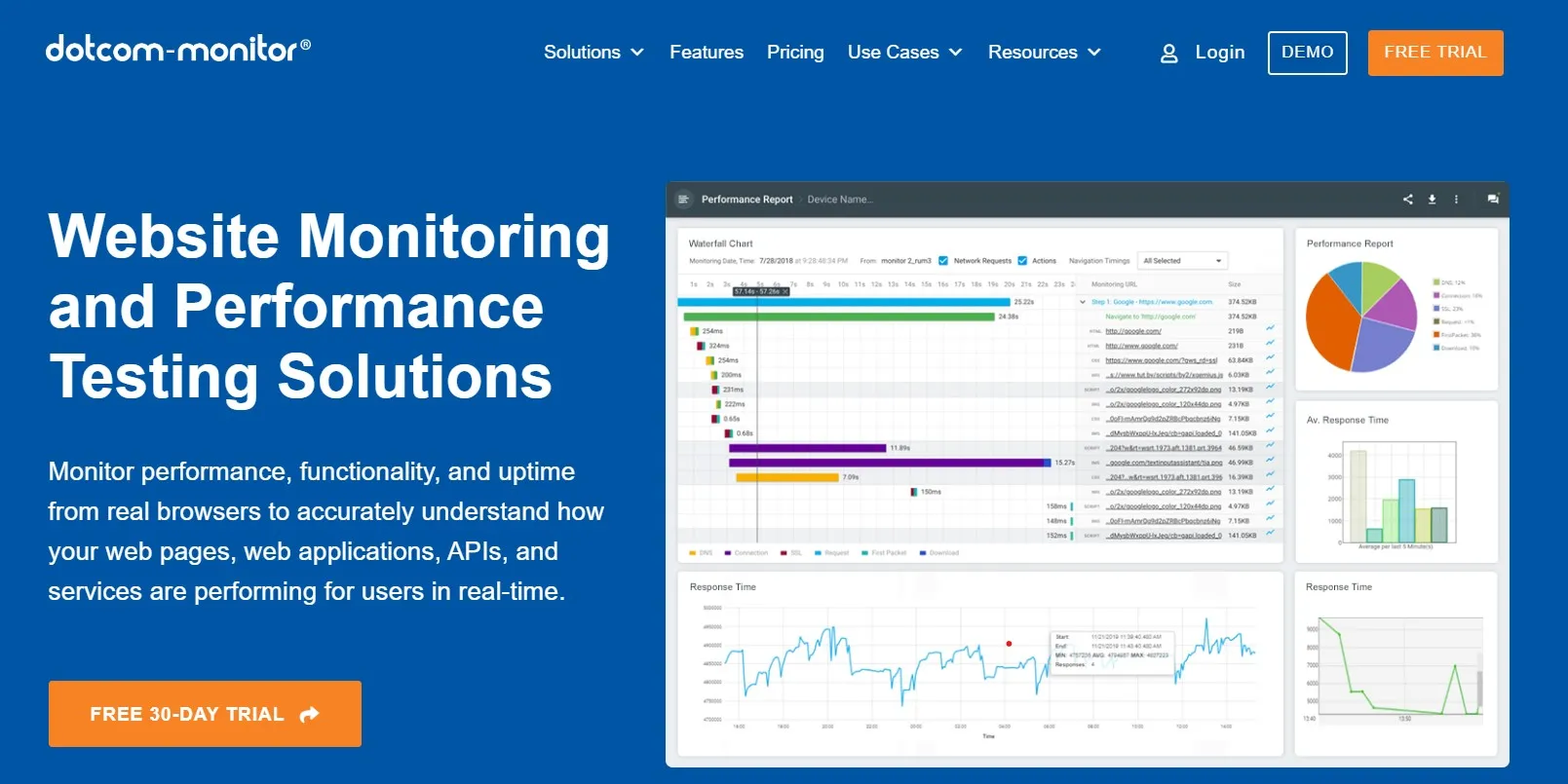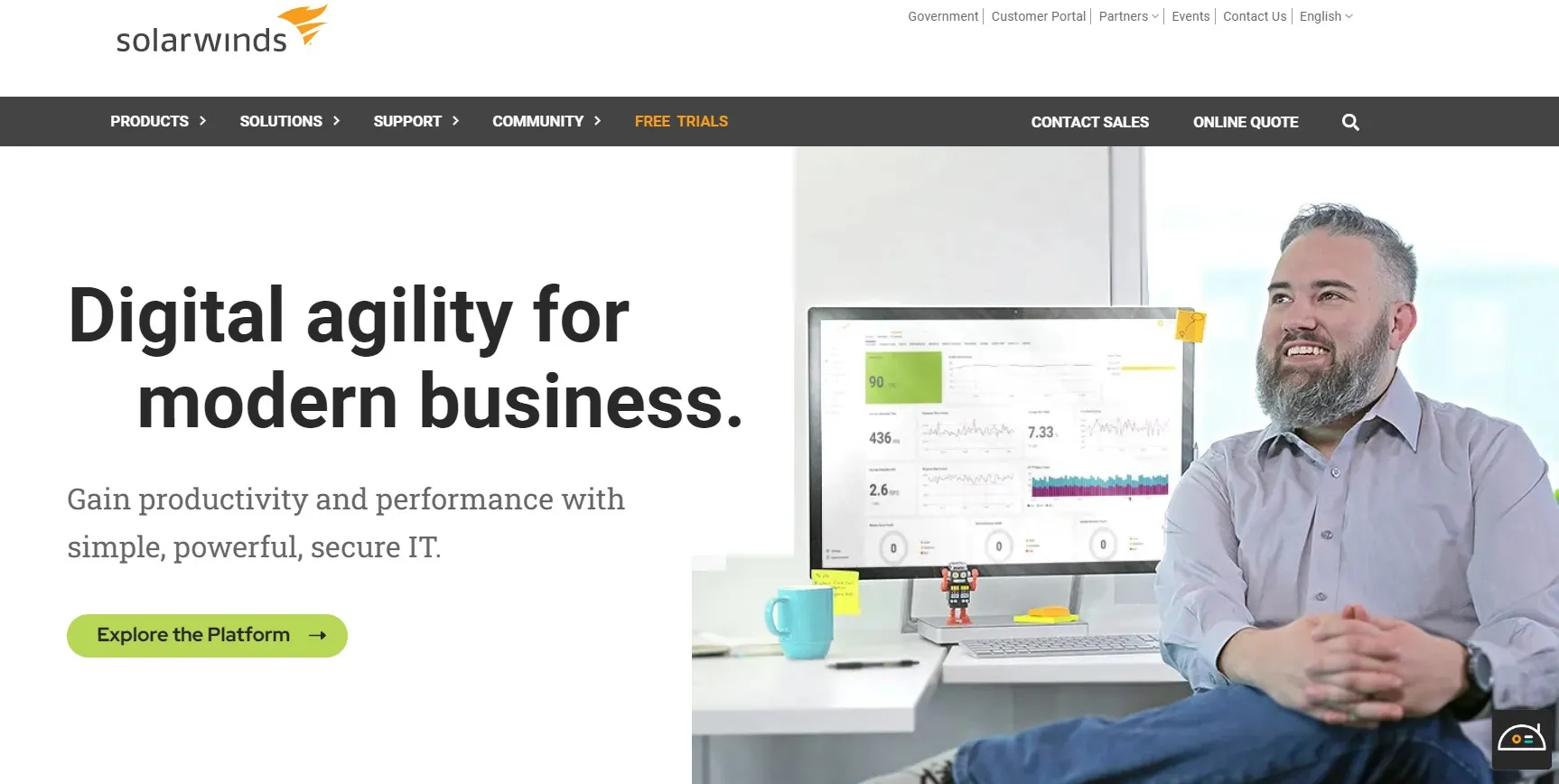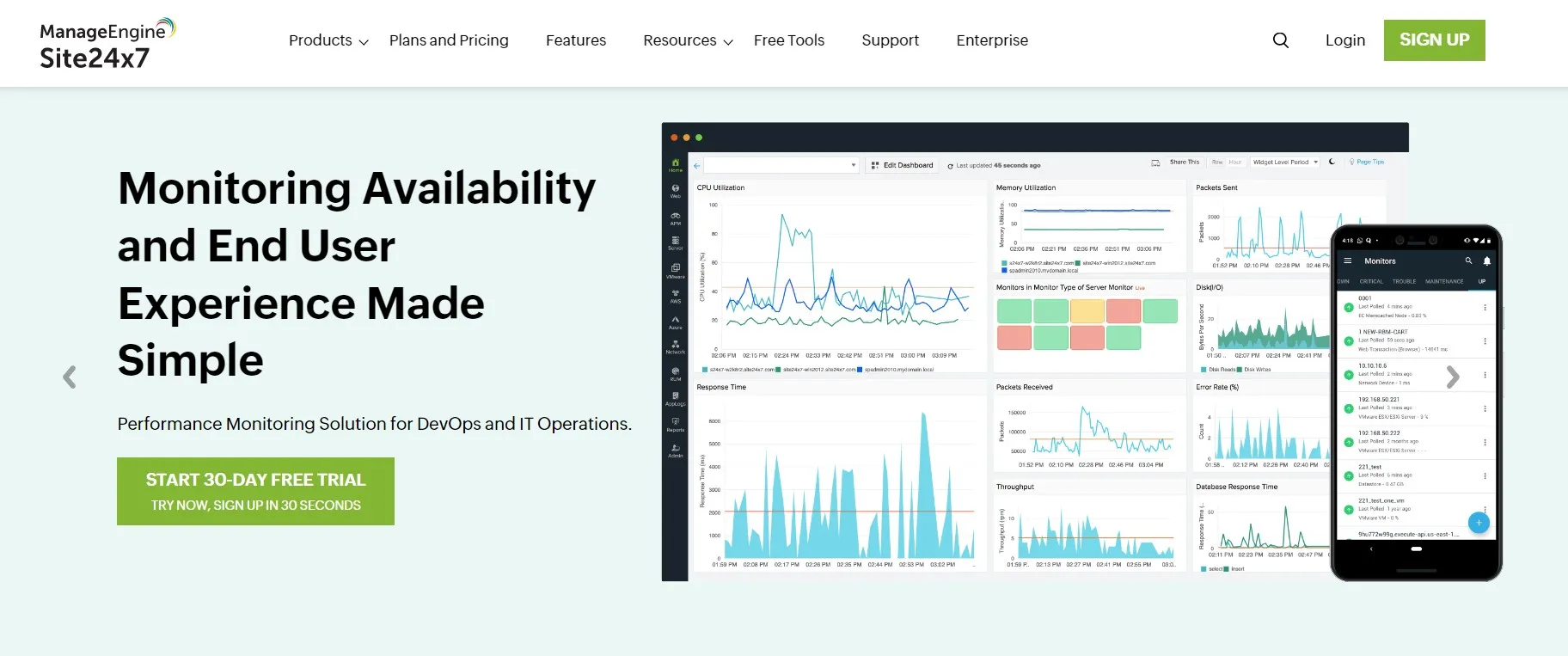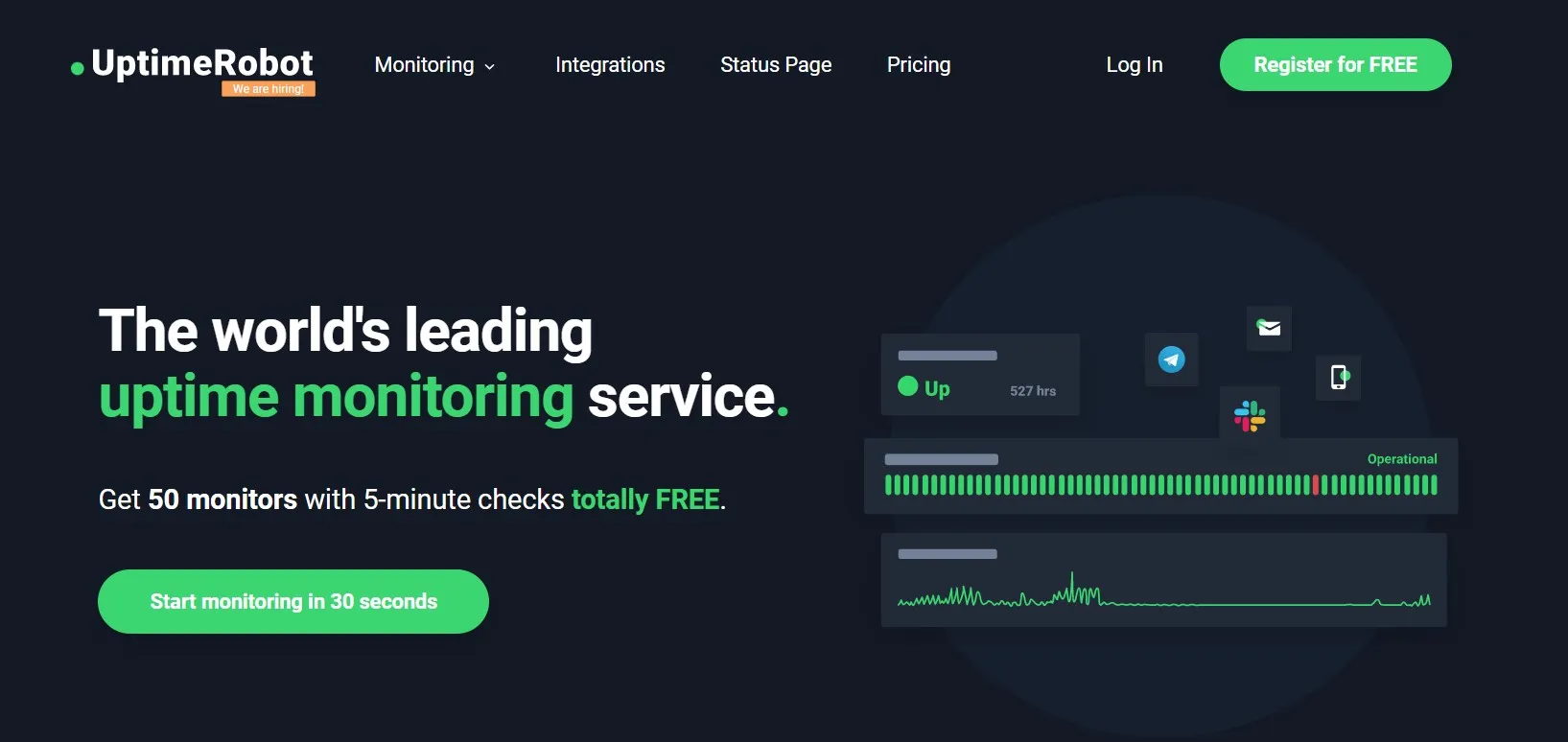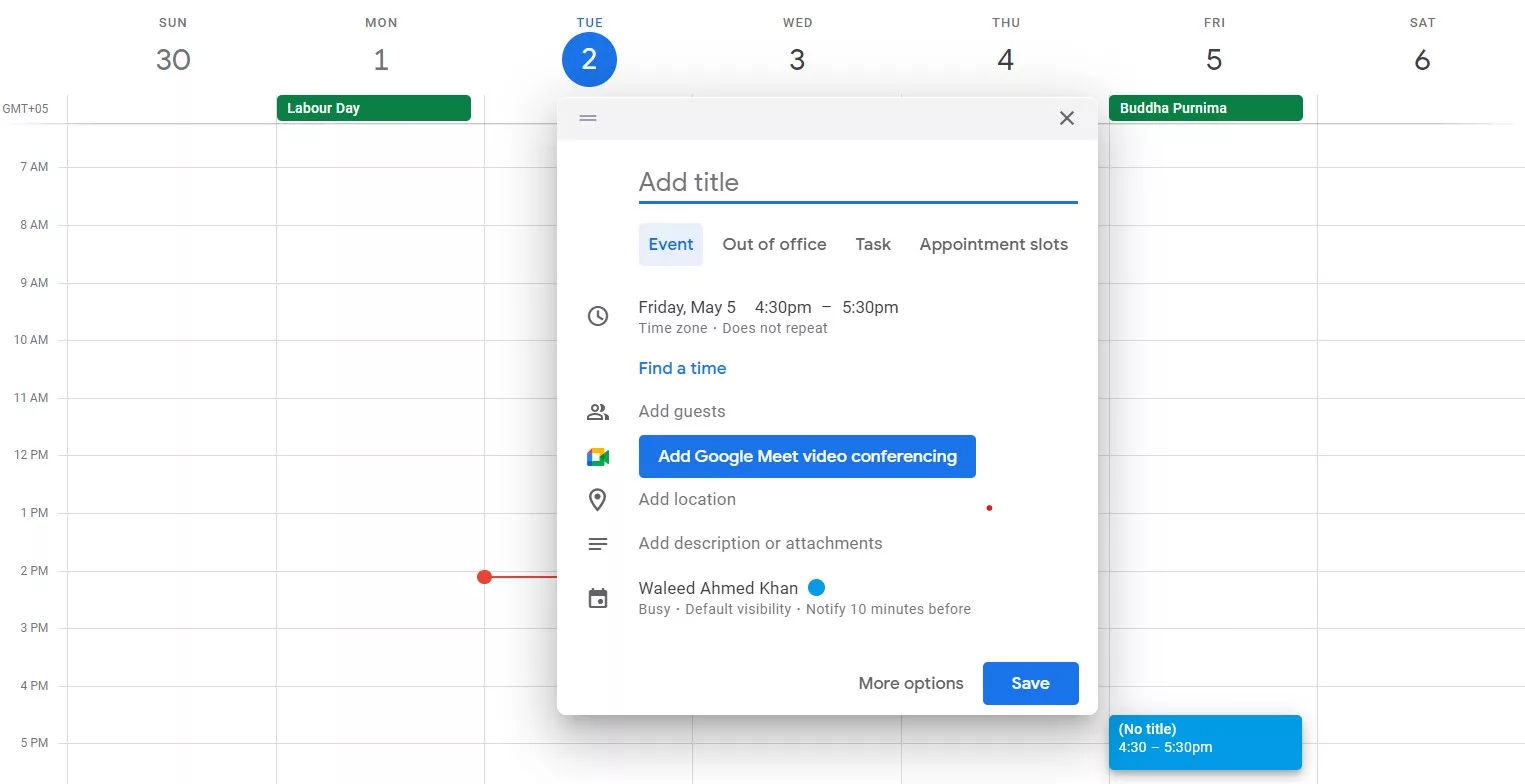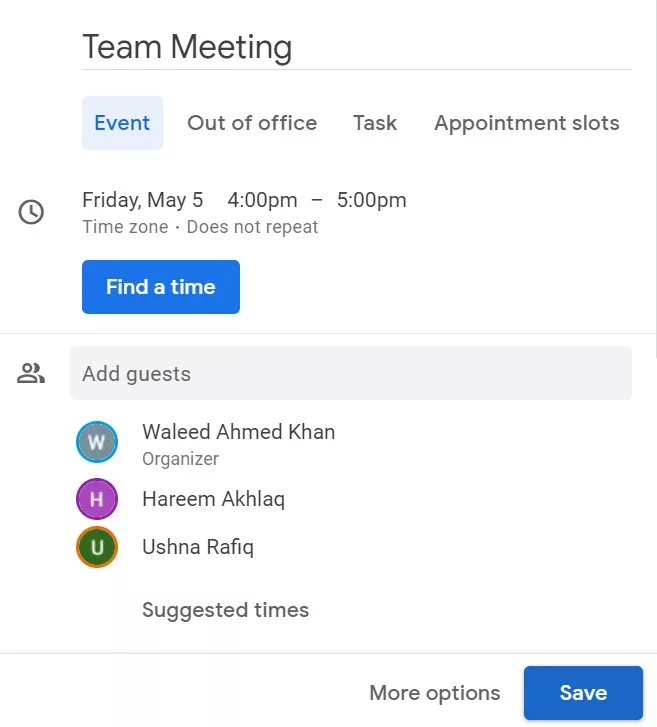From selling onsite to selling online, businesses have shifted their outlook in a few decades. And these technological innovations are all due to day-to-day advancements.
Today, 4.88 billion people are internet users, and the figure is expected to rise. This depicts technological innovations and the magnet that advanced technology is becoming.
In this article, we’ll discuss the impacts of technological innovations on businesses worldwide. So, you know the business possibilities technology has been providing you for years.
Let’s jump onto the impacts now.
11 Impacts that Technological Innovations Have on Businesses Worldwide
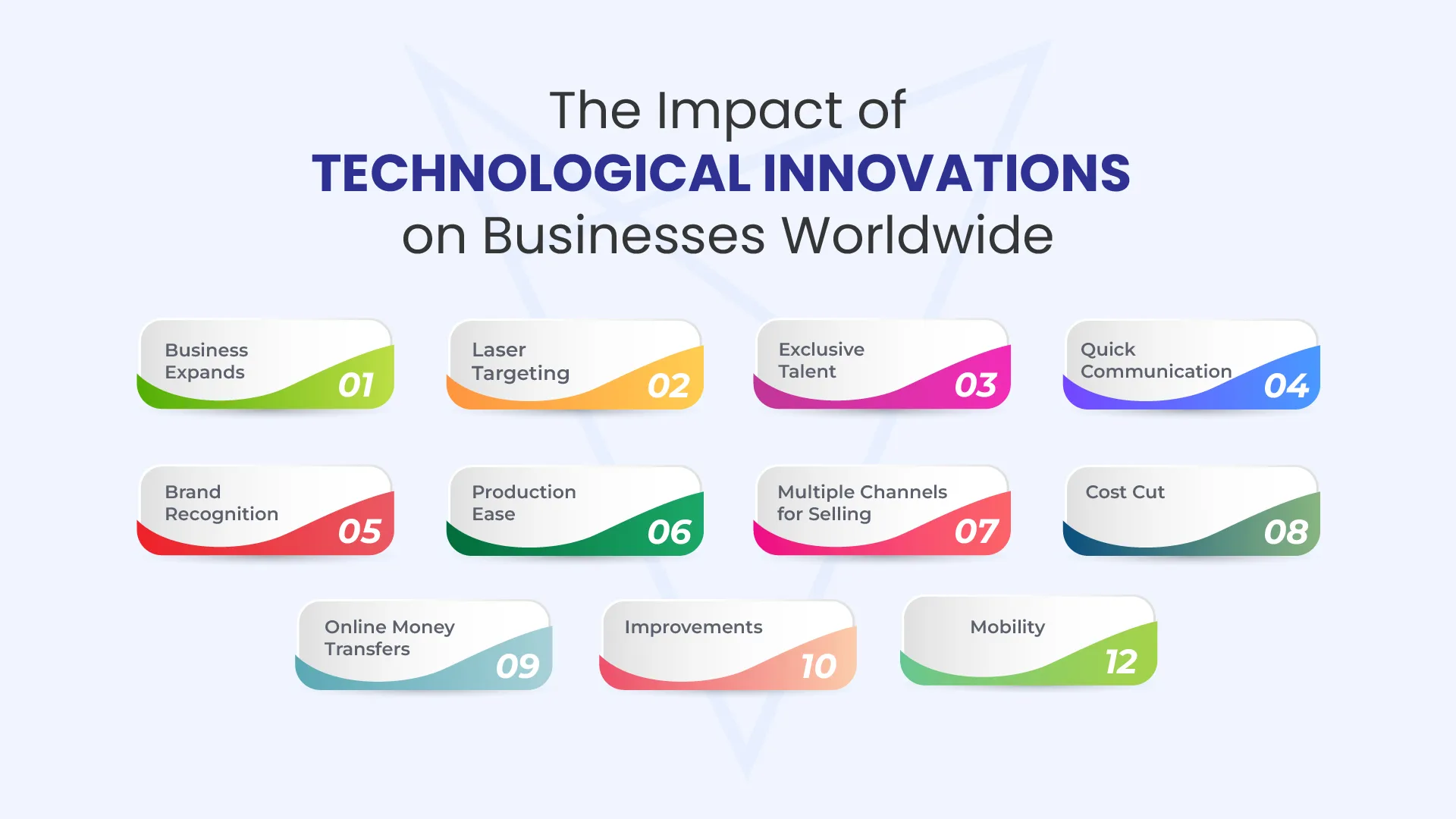
Business Expands
It was a dream before to get in touch with a large community in the world. With technological innovations, it is now a reality.
The online world and internet give you access to tons of businesses to partner with. While the customer pool has also increased.
Take KFC, for instance. First coined in the USA, it has now captured the market from the entire world. The same goes for McDonald’s and other brands.
Nothing but technology is to be credited for this since the gap between the consumer and the brand is now minimized – to a good extent.
Laser Targeting
Before the internet, people used to read daily newspapers. To compel users to buy their products, brands and businesses only have this channel for advertising earlier.
They used to post their ads and market their product and service through the newspaper. Now, technological innovations have leveled up the game.
Besides newspapers – which are rarely read today – businesses are marketing their products through online channels. They are using PPC advertising and social media platforms for this.
The best part of the new technological innovations is that you can laser target your customer. Unlike the newspaper that everyone with different backgrounds reads, you can target your expected customers.
Using age, education, designation, and more information in view, you can directly aim to advertise before your targeted customer. Google Analytics can also be a helpful tool for knowing locations, screen type, and time a user spends on the website for enhanced targeting.
Exclusive Talent
Technological innovations are also a reason you get access to a large talent pool on this date. By browsing the internet, you can easily find the top talent your company is looking for.
Granted that you can do this onsite as well, and the process has been like this for years. However, we must admit that the reach for talent was limited.
Remote hiring through the internet is especially beneficial for small businesses. These businesses do not have enough resources to provide proper facilities or resources.
Ultimately, they can hire online and save a few bucks, which can be invested in other necessary projects or developments later on.
Quick Communication
Two decades back, it was a challenge to communicate with your business partners or consumers in the country or city miles apart.
Technological innovations have bridged this gap and provided us with multiple mediums to stay in touch with each other. You can now text, email, phone call, or video call your remotely hired employees or business partners in a few seconds.
Where email is a sound option for business communication, it is also used for marketing your products and services online. Using the email addresses of your customers or site visitors, you can schedule a newsletter to drop a new offer in their email boxes.
Not only does this help your businesses to increase their revenue but create a sense of community and emotional connectivity in the customers.
Brand Recognition
It’s important for your business to gain brand recognition. This helps you to gain the trust and loyalty of your customers.
Thanks to this, there’s a high chance of increasing your revenue. 46% of customers agreed that they would buy from familiar and trusted brands in a survey report.
Technological innovations or social media platforms are behind the ultimate brand recognitions businesses have today. Social media platforms, including Facebook, Instagram, LinkedIn, and Pinterest, have proved to increase your spread throughout the world.
These platforms allow you to publish a post or create a poll. This, in return, pull your potential customer’s attention, gets you engagements, and makes your businesses worth it – to invest, trust, or buy for customers.
Production Ease
Let’s face it – every country doesn’t have enough resources or technological innovations in manufacturing a product. Previously, this was one of the biggest hindrances in scaling business high and introducing innovative products to your region.
With the help of technological innovations, you can easily produce your goods or acquire unavailable services in your country from the other. All you need to do is find a contractor or employee readily available to take your process and get it ready.
On the one hand, it accelerates your growth while keeping you ahead of the competition on the other. Using technology, you can also ask vendors in other countries to reduce costs this way.
Multiple Channels for Selling
Back in the day, the selling channel was limited. Your customers used to visit your shop or store and buy from it physically.
Modification and technological innovations have increased your selling opportunities. It’s now possible to sell your products or offer services online. That said, you can attract a large number of users and turn them into potential customers.
You can use social media channels, including Facebook, Instagram, or Pinterest, to promote and sell your product. An e-commerce store or website is also a great way to magnetize customers and make them buy your product.
Multiple channels are also beneficial since one platform might not be suitable for every business out there.
Cost Cut
Not directly, but it is to admit that technological innovations have reduced the expenditure of brands and businesses.
If deemed into the previous century, it was challenging to communicate. In fact, the channels available were expensive, which kept businesses from thriving multi-nationally.
Just like that, finding a perfect vendor in a foreign country and transportation of goods was a costly option. You’d need to pay a hefty amount to get your goods shipped.
This is all not only possible but easy with a few clicks of a button – without spending extra. So, the opportunities to grow your business have increased with technological innovations with a decrease in cost.
Online Money Transfers
Bucks are the foremost reasons we launch businesses. And the significance of keeping these bucks safe isn’t unknown.
In that regard, online banks – of course, due to technological innovations – have made it convenient for businesses to keep a large chunk of their money safe.
Not only this, but it has also helped businesses in accounting and payroll. So, you can transfer payments to your employees or vendors in a few seconds.
What’s more, is that you cannot only transfer payment to your local but international clients. No matter how far your employees or the country your supplier lives in are, you can simply clear their payments.
Improvements
One of the biggest drawbacks of businesses or their specific product is their quality or other complaints – let’s say, delivery days.
Although customers used to face multiple issues, these problems weren’t easy to reach the team. With the advancement and technological innovations, you can hear what your customers have to say about your products or brands.
You can simply leave a form to be filled out by them. Or make an app or website where they can leave feedback on their experience with your product or service.
Readily available social media platforms also help create transparency between you and the brand. While it gives you a sound idea of how the product is performing.
By collecting these forms and feedback, you can finally make the changes required in your products. So, it satisfies your customers, makes them product-addicted and brand loyal, and scales your business high.
Mobility
Mobile is one of the smartest technological innovations. It has attracted a large audience toward it and made them addicted.
This has shown a positive change for business and made selling and communication more convenient than ever.
To make your business impactful and magnetize more customers, you can simply make an application with a smooth interface. By having your brand’s app on their phone, your business will always be in their eye and head.
Saying it won’t be wrong that your business will go where your customers travel.
Conclusion
Today, we discussed the impacts of technological innovations on businesses worldwide. One of the biggest advantages of evolving technology is business expansion since the internet has spread widely in the world.
Technology has also eased the production of goods and acquiring services, introduced new channels for marketing, cut costs on projects, made your business mobile, and improved your product in the best possible way.
You can also target your customers directly due to technology. While quick communication and money transfers are also what work as favors for businesses.




